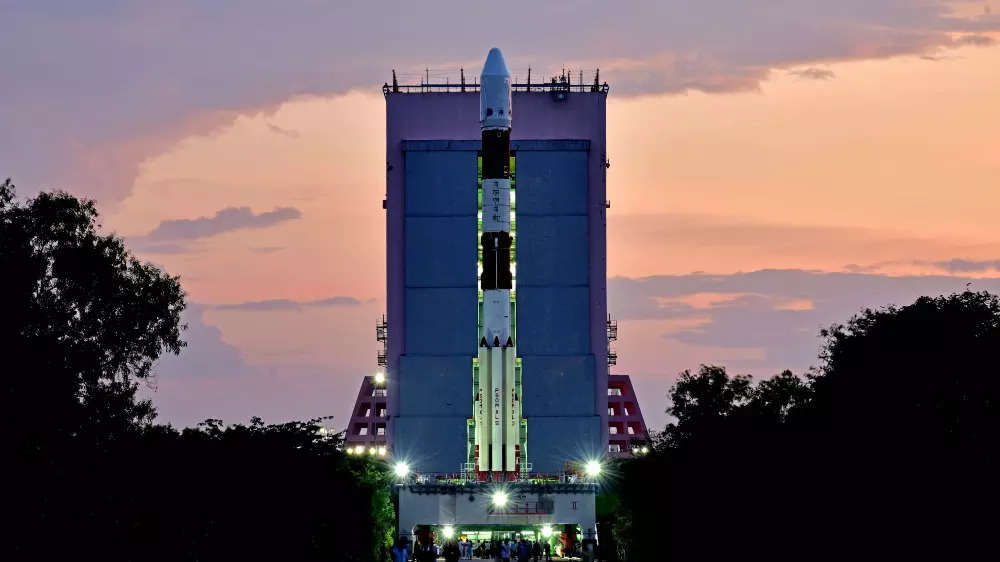What is Aditya L1 mission
Aditya in Sanskrit means the Sun. Aditya L1 is the first space-based Indian mission to study the Sun. The satellite will be placed in a halo orbit around the Lagrange point 1 (L1) of the Sun-Earth system, which is about 1.5 million km (about 1% of the Earth-Sun distance) from the Earth.
As we know, the Sun is a giant sphere of gas and Aditya-L1 will study the outer atmosphere of the Sun. Aditya-L1 will neither land on the Sun nor approach the Sun any closer. The spacecraft will be directed towards the Sun.
Why it is placed around L1
In simpler words, L1 is a location in space where the gravitational forces of two celestial bodies, the Sun and Earth in this case, are in equilibrium. This means that an object, Aditya L1 satellite in this case, placed there will remain relatively stable with respect to both celestial bodies.
How will Aditya L1 study the Sun
Aditya-L1 satellite is dedicated to the comprehensive study of the Sun. It has seven distinct payloads which are all developed indigenously: Five by ISRO and two by Indian academic institutes in collaboration with ISRO.
These payloads will observe the photosphere, chromosphere and the outermost layers of the Sun (the corona) using electromagnetic and particle and magnetic field detectors. While four payloads directly view the Sun, the remaining three payloads carry out in-situ studies of particles and fields at the Lagrange point L1.
They will provide important scientific studies of the propagatory effect of solar dynamics in the interplanetary medium.
They are also expected to provide the most crucial information to understand the problem of coronal heating, coronal mass ejection, pre-flare and flare activities and their characteristics, dynamics of space weather, propagation of particles and fields etc.
Why L1 is important
A satellite placed in the halo orbit around the L1 point has the major advantage. Since the satellite will be placed at this point facing the Sun, it will continuously view the Sun without any occultation/eclipses. This will provide a greater advantage of observing the solar activities and its effect on space weather in real time.
What is Aditya L1 mission duration
The Aditya L1 mission is expected to last five years. The satellite will spend its whole mission life orbiting around L1 in an irregularly shaped orbit in a plane roughly perpendicular to the line joining the Earth and the Sun.
Aditya L1 mission launch details
Aditya L1 satellite will be launched atop PSLV-C57, which is the 59th flight of PSLV and 25th mission using PSLV-XL configuration. Following its scheduled launch on September 2, 2023, Aditya-L1 stays Earth-bound orbits for 16 days, during which it undergoes 5 manoeuvres to gain the necessary velocity for its journey.
Subsequently, Aditya-L1 will undergo a Trans-Lagrangian1 insertion manoeuvre, marking the beginning of its 110-day trajectory to the destination around the L1 Lagrange point.
Once it arrives at the L1 point, another manoeuvre will bind the Aditya-L1 satellite to an orbit around L1.
Aditya L1 mission objectives
The major science objectives of Aditya-L1 mission are:
- Study of Solar upper atmospheric (chromosphere and corona) dynamics.
- Study of chromospheric and coronal heating, physics of the partially ionised plasma, initiation of the coronal mass ejections, and flares
- Observe the in-situ particle and plasma environment providing data for the study of particle dynamics from the Sun.
- Physics of solar corona and its heating mechanism.
- Diagnostics of the coronal and coronal loops plasma: Temperature, velocity and density.
- Development, dynamics and origin of coronal mass ejections (CMEs).
- Identify the sequence of processes that occur at multiple layers (chromosphere, base and extended corona) which eventually leads to solar eruptive events.
- Magnetic field topology and magnetic field measurements in the solar corona .
- Drivers for space weather (origin, composition and dynamics of solar wind.
How to watch livestream of Aditya L1 mission launch
Those interested can watch the launch live on ISRO website, Facebook, YouTubeand DD National TV channel from 11:20 am.


